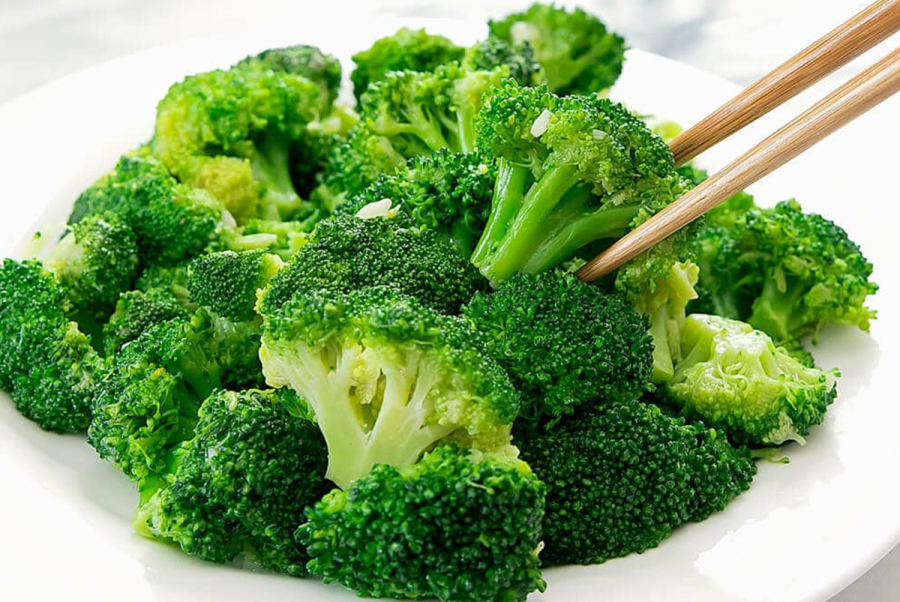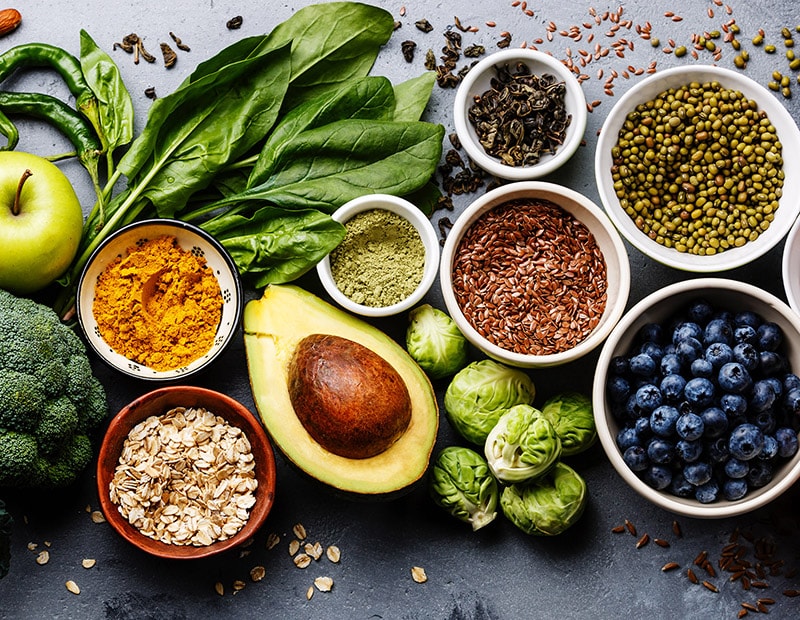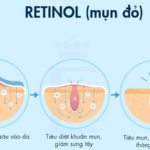There are many ways to combat aging and prolong life. Some methods can cost thousands or even millions of dollars, but there are also simple and inexpensive ways that anyone can apply. One effective method is through daily diet. According to published studies, there are 3 groups of “affordable medicine” that help enhance longevity and are extremely easy to find.
1. Broccoli soup and leafy green vegetables

Nitrate in broccoli soup is not harmful or threatening to human health, but it has anti-aging effects. This substance helps improve circulation and blood flow in the body. When nitrate enters the body, it helps produce beneficial nitric oxide for healthy aging process. Nitric oxide improves the efficiency of oxygen and nutrient transportation in the body.
Broccoli soup has even been proven to reduce the risk of cancer and other age-related health issues. Not only broccoli soup, but also leafy green vegetables like kale, spinach, and rocket lettuce can provide a large amount of nitric oxide.
In addition, the antioxidants in these foods also help counteract the production of nitrosamines in the body. Nitrosamines are toxic substances that can damage DNA cells and promote tumor development.
2. Foods rich in glutathione

Asparagus and avocado are well-known foods rich in glutathione. Glutathione is a powerful antioxidant that reduces stress, prevents cancer, and strengthens the immune system.
The body also produces glutathione naturally. However, as the aging process occurs, the concentration of glutathione in the blood decreases significantly. That’s why as we age, we are more prone to various diseases.
Foods rich in sulfur will stimulate glutathione production. To increase the amount of glutathione reserve in the body, add asparagus, avocado, green peas, and spinach to your daily diet. This is a cost-effective, safe, and highly effective way to supplement glutathione.
3. Foods rich in carotenoids

According to research, carotenoids are organic pigments found in plants and other photosynthetic organisms, such as algae, some fungi, and some types of bacteria. It is not the name of a specific compound, but rather the name of a group of closely related compounds that have similar structures and similar effects in protecting the body.
Currently, scientists have discovered over 600 different types of carotenoids. Unlike plants, humans cannot synthesize carotenoids on their own, but they obtain carotenoids from eating plants to provide the necessary group of substances for development and protection. Numerous studies have shown that consuming foods rich in carotenoids can reduce the risk of various cancers, lower the risk of cardiovascular diseases, decrease blood cholesterol levels, and mitigate the harm of sunlight on the skin.
Carrots, celery, beets, leafy green vegetables, and pumpkin are all foods rich in carotenoids, which are not only good for eye health, but also reduce the risk of developing cancer, diabetes, cardiovascular diseases, and memory loss.
In the diet of supercentenarians in Blue Zones such as Loma Linda (California, USA) and Okinawa (Japan), there are a lot of foods rich in carotenoids.
Dr. Gary Fraser, a cardiologist and diet research expert at Loma Linda University, said carotenoids play a crucial role in extending the lifespan of people living in Blue Zones.







































